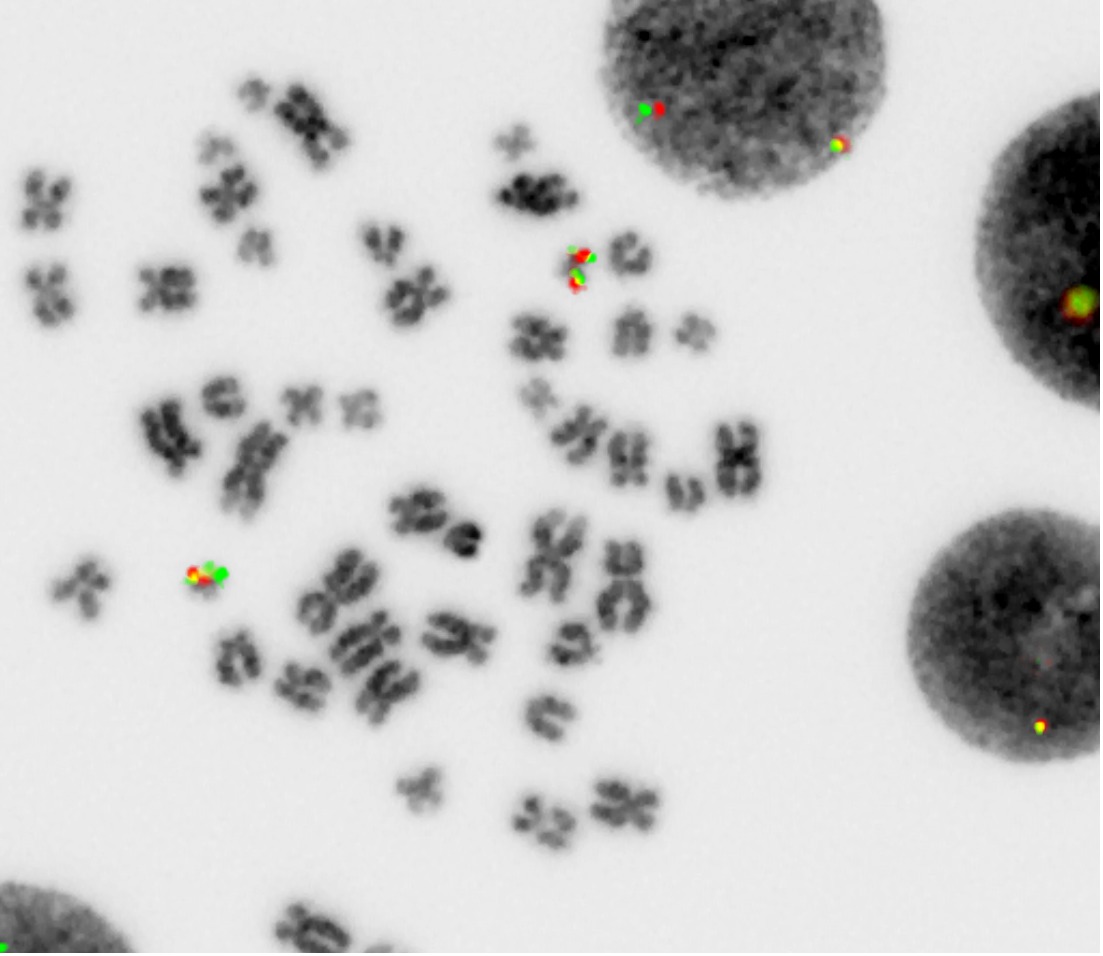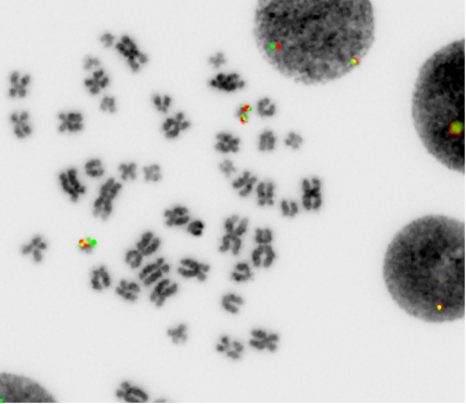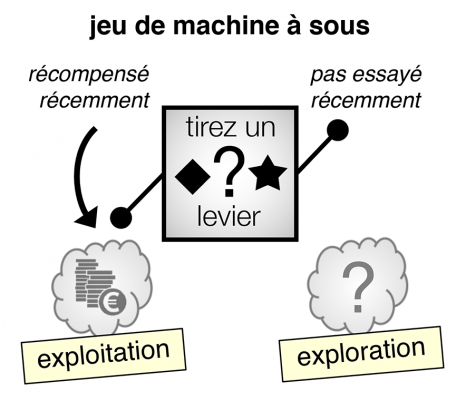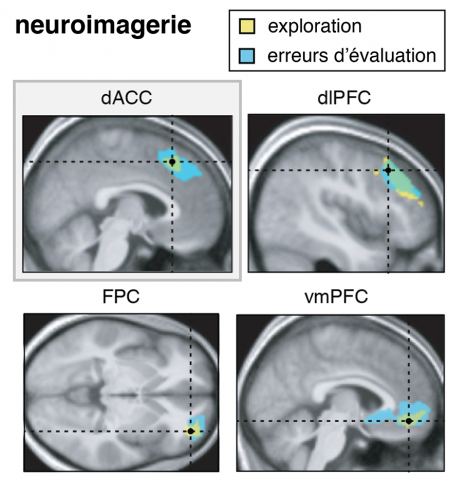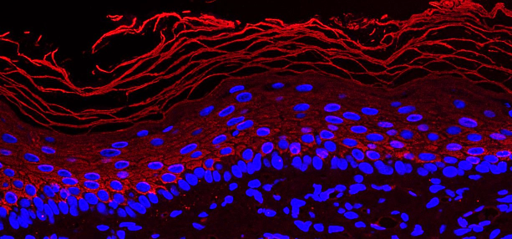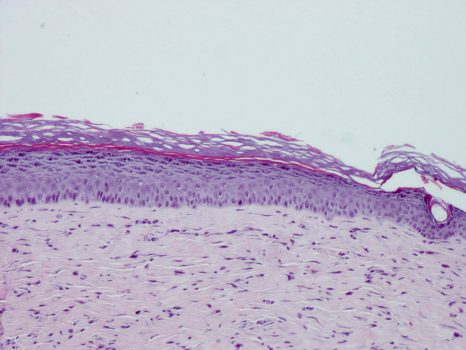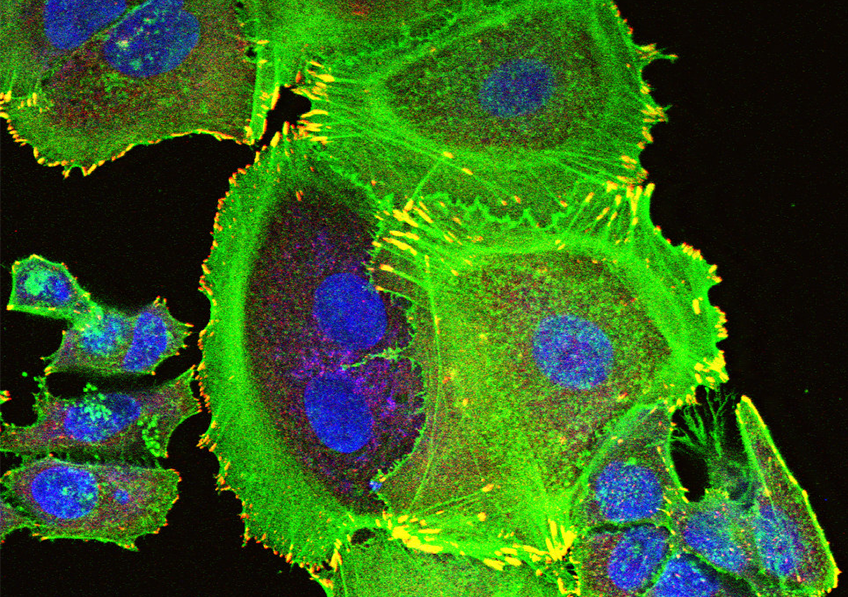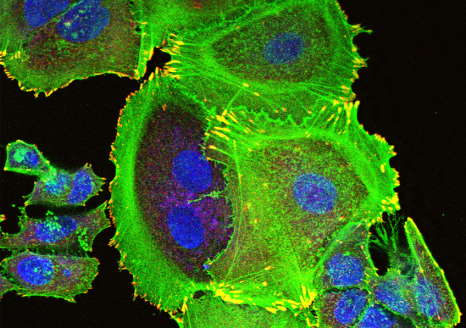
©gettyimages-1038799988
Teams of the Clinical Research Unit in Health Economics “ECO Île-de-France” * at the Hotel Dieu AP-HP, the Clinical Epidemiology Unit and Pediatric Endocrinology-diabetology Service hospital Robert Debré AP-HP, and mixed research unit INSERM / University of Paris U1123 “clinical Epidemiology and economic evaluation applied to vulnerable populations (ECEVE) conducted a study on the association between job insecurity, duration of hospital stay and hospital costs in pediatrics. More than four million pediatric visits were analyzed and insecurity was measured based on the standard of living of residence. There is an association between insecurity and length of stay, especially when the homogeneous group of patients for encoding and price the stay is not specifically pediatric. The precariousness is associated with the costs of care and the financial balance, particularly impacting institutions receiving many insecure patients. The study suggests that hospital funding formula taking into account the socioeconomic status of patients and their age usefully rectify pricing at this activity.This work, which were the subject of an editorial were published October 18, 2019 in the journal JAMA Network Open.
The precariousness affects between 20 and 25% of the French population. It was partially offset by a hospital for allocation granted under a general interest mission (MIG). Eligible institutions are those that receive at least 13% of unstable patients (or> 7,000 stays unstable patients), defined as recipients of the following services: Medical aid of State (AME) cover supplementary universal health (CMU and CMUC) urgent care and assistance payment of additional health. In 2018, 282 schools have been funded for a total median structure by € 267,488. however the indicators used have limitations: they underestimate the number of unstable patients, social benefits are sometimes unknown users, and create a threshold effect due to their binary nature,
Several previous studies in adults have shown that precarious patients had a mean duration of longer stay and therefore generated higher hospital costs than non-insecure patients, but there is little data for children. The authors therefore conducted a national study from the medicalization program databases of information systems (PMSI) for the years 2012 to 2014 and used an ecological indicator of insecurity, measured at the children’s place of life through the median income in the municipality, the percentage of graduates, the unemployment rate and the percentage of workers. 4121187 pediatric visits were included and divided by quintiles of insecurity from national references.
The results of this study showed that:
> Precarious pediatric patients have significantly longer lengths of stay than patients less precarious, even within a homogeneous group of patients.
> The revenue associated with precarious patient stays do not compensate for hospital costs.
> The percentage of unstable patients in the patient base of an institution is significantly associated to its financial equilibrium.
> The percentage of homogeneous groups of nonspecific ill pediatrics in the case-mix of an institution is associated with the deficit of the institution.
These results have major implications for hospital pricing and call for a reform of the precariousness finance in healthcare facilities. A modulation rate of diagnosis-related groups at the individual level based on the patient’s insecurity would better take into account the impact of insecurity on hospital budgets.
Furthermore, homogenous groups specific to pediatric patients should be encouraged as much as possible so that their prices better reflect the resources consumed by these patients and hospitals caring for children are not disadvantaged. Such measures would improve the allocative efficiency of the health system and equity financing between institutions.> nearly 3,000 ongoing research projects across all promoters;
> Nearly 917 research projects with AP-HP promotes and management;
> More than 24 604 patients included in clinical trials to promote AP-HP.
